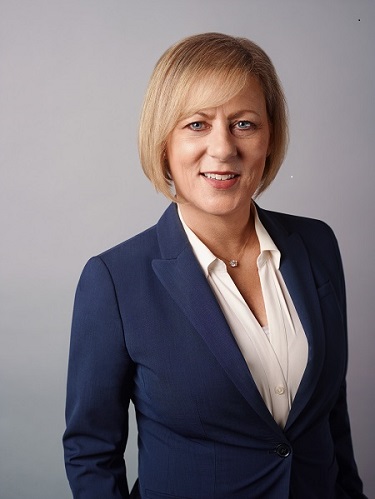If your supply chain is resilient, production and distribution systems can continue to function as well as is possible in a destabilizing event. Indeed, a vital indicator of an organizations’ operations’ resilience is how it can meet obligations to customers – despite disruptions – by consistently delivering goods and services against cost, quality, and ESG standards.
Risk mitigation measures must be embedded with clear accountability throughout the chain from procurement to last-mile delivery. One way to develop these measures is to consider the resilience dimensions that need to be continuously strengthened within your operation – and where they need greater reinforcement along the chain.
We suggest flexibility, visibility, and collaboration as the key pillars to reinforce your production and distribution systems. Multiple studies have found these to be among the leading attributes of resilient chains. Flexible organizations can adapt to disruptions with minimal impact. For example, one way to build flexibility is to develop multiple suppliers in the event of service interruptions by your primary suppliers.
Visibility is critical in helping supply chain professionals anticipate risks in real-time, whether it’s understanding a weather event or the ESG reputation of a second-tier supplier. Finally, collaboration entails bringing together stakeholders to work towards a common goal, including information-sharing from both inside and outside the organization. The stronger the partnership between companies in a supply chain, the faster and more effectively they respond to disruptions.
A risk management framework
As an organization managing some 1,000 supply chains on our customers’ behalf, Flex constantly evaluates our risk mitigation models.
We identify, evaluate and mitigate risks through three lenses:

Figure 1
Serving our customers
Understanding our obligations to customers requires an understanding of the risks in the chain. This begins with identifying the most critical components and mapping out their associated risks. For example, are there seasonal shortages of critical parts or potential price fluctuations that we need to plan for?
Taking the pulse of our suppliers and partners continuously
How financially stable are our partners? Are there emerging risks to quality and timely shipment?
Keeping tabs on potential marketplace disruptions
These include political, environmental and other external threats.
Operationalizing visibility, flexibility and collaboration
Building a solid supply chain is a proactive de-risking process that never ends. Like any insurance policy, it comes with a cost. With the organization’s core goals and resources driving its investment decisions, multiple tools and tactics are available. This table shows how various risk mitigation strategies could be applied across our three pillars.

Figure 2
Designate teams and assign accountability
With the risk mitigation plans in place, it is critical to ensure accountability throughout your organization.
At Flex, we have a company-wide global resilience team tasked with diffusing risks in the event of severe threats and large-scale interruptions. This team prioritizes the protection of Flex assets and our customers and partners, including human resources and intellectual property.
When it comes to the particulars of a specific product line, these are managed by a strategic supply chain team that oversees all related operations. As the first line of defense when issues arise, this team constantly assesses risks and collaborates closely with planning, procurement and other groups to optimize operational shifts and decisions specific to product and customer needs.
Specifically, the strategic supply chain team analyzes the risk profiles of the key inputs along the product’s lifecycle from beginning to end.

Figure 3
Looking back and looking forward
Resilience is not about investing in a single tactic or technique; it is a proactive process that continuously incorporates new learnings. In this vein, consider building a roadmap for making your COVID-19 lessons actionable. What insights have you gained into your chain’s weakest links that you can leverage to help you be better prepared for the next disruption? What are the critical investments to make in light of these weak links?
At Flex, we saw the payoffs from our investments in building solid foundations and contingencies that helped us adapt to the challenges resulting from the pandemic. Is our supply chain bulletproof? Certainly not. Supply chains will never be entirely risk-free – the key is to install the right talent, infrastructure, tools and culture to achieve business continuity and identify opportunities to fine-tune your risk management practices continuously.
Lynn Torrel is chief procurement and supply chain officer at Flex. Ms. Torrel is an innovative and solutions-oriented leader with proven experience in managing complex customer and supplier relationships.
SC
MR


Latest Supply Chain News
Latest Podcast

 Explore
Explore
Latest Supply Chain News
- 2024 Warehouse/DC Operations Survey: Technology adoption on the rise
- Benchmarking the complexity of ESG reporting
- Looking back at NextGen 2024
- The Corporate Sustainability Due Diligence Directive
- How to make your CFO a supply chain superfan
- AI is moving omnichannel closer to the customer
- More latest news
Latest Resources

Subscribe

Supply Chain Management Review delivers the best industry content.

Editors’ Picks




